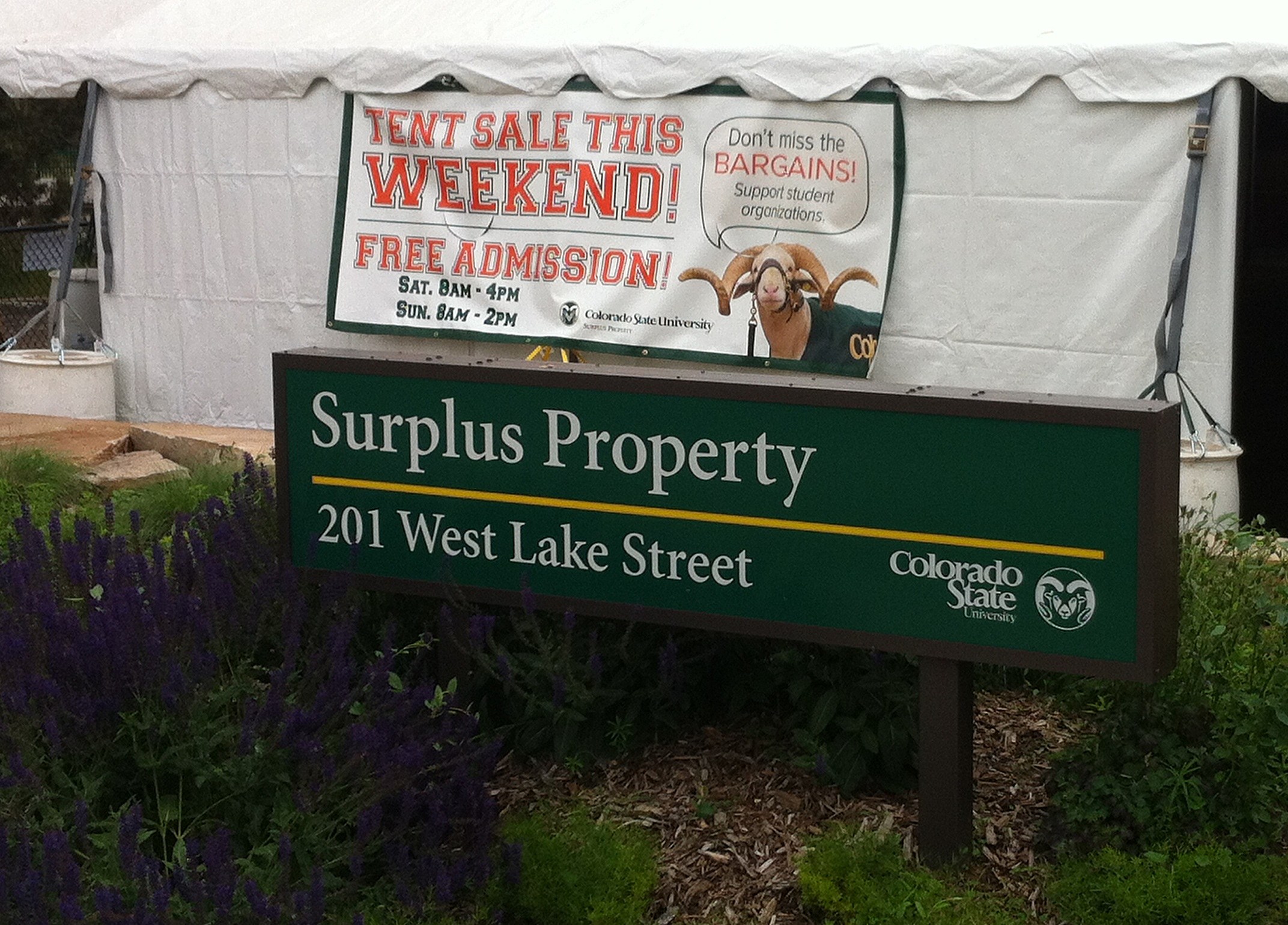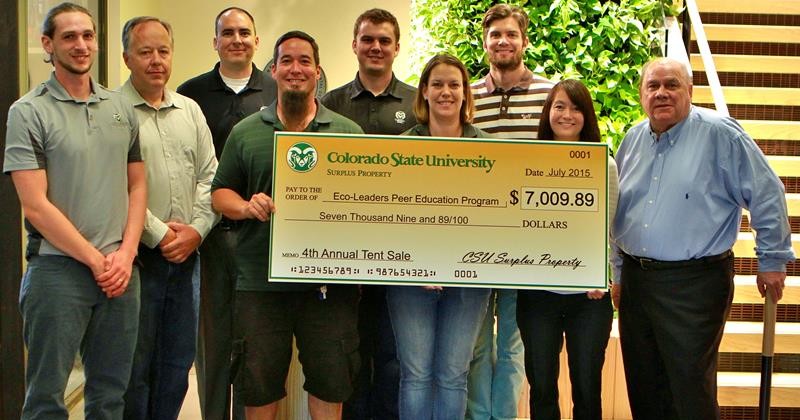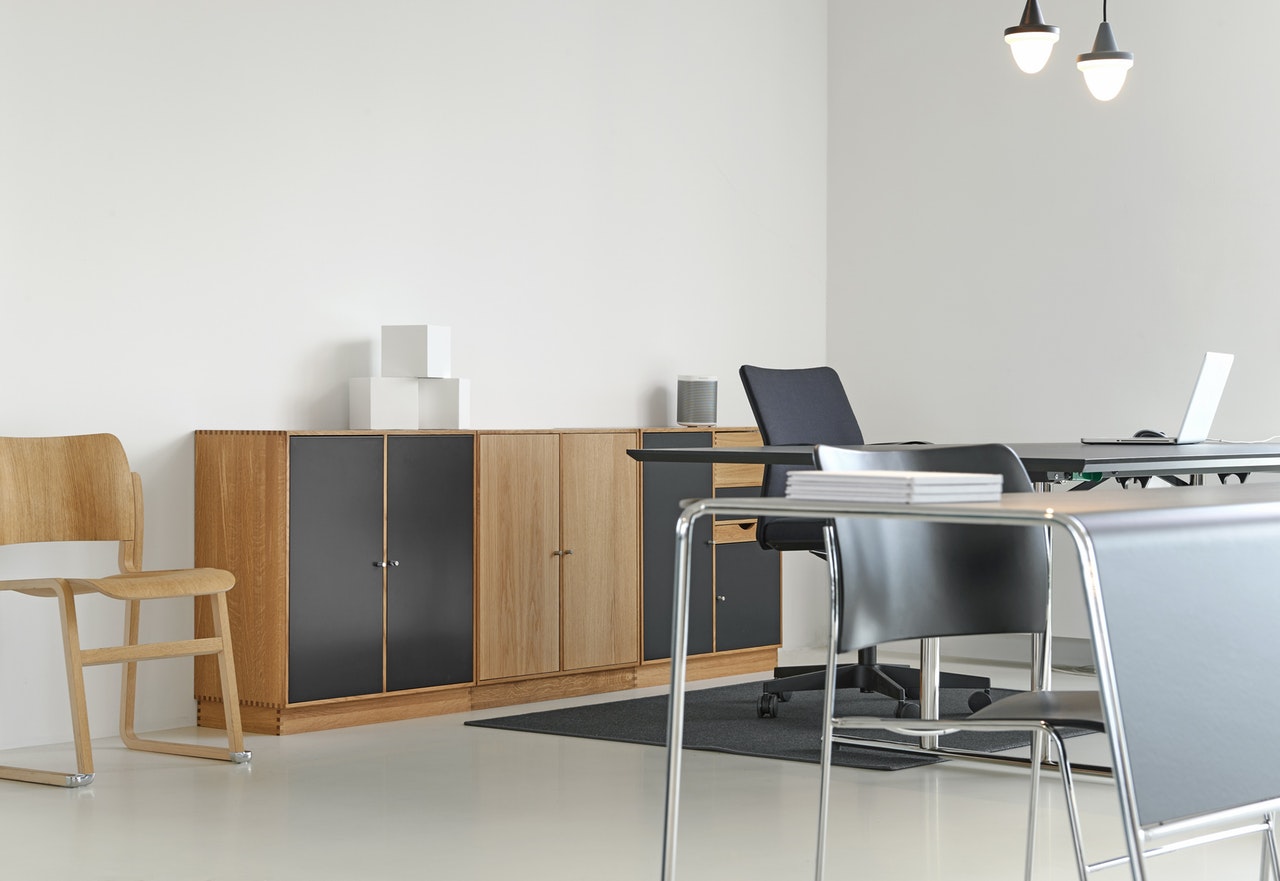Colorado State University Surplus Program Case study
We have been looking into the US surplus sector to get an insight into how the US deal with reusing their surplus assets. We have done this for a couple of reasons
- to take back our learnings and pass then on to our customers,
- to create a report for the international surplus sector,
- but also to see if our solution solves any problems for our US counterparts.
In this case study we interview Jake Drenth, the Surplus Property manager for Colorado State University to find out how their system works and seek his tips for success. To be clear Colorado State University are not Warp It customers, but we interviewed Jack to learn abut his experience for the benefit of others.
Jake was so generous with his time and expertise. Thankyou so much Jake!
Colorado State University was founded as Colorado Agricultural College in 1870 and opened its doors to a freshman class of just one student in 1879. Following a student petition, in 1935 the school became the Colorado State College of Agriculture and Mechanic Arts, or Colorado A&M for short, in order to more accurately reflect the diversity of it’s academic programs.

During the 1950s, president Bill Morgan took Colorado A&M on the road to becoming a university not only in appearance by providing adequate student housing for an increasing number of youth approaching college, but also in title. As academic offerings grew to include advanced degrees, Morgan believed students earning this advanced degree should hold it from a university, and so began a campaign to change its name, and in 1957, the Colorado General Assembly approved the new name of Colorado State University.
Nowadays, Colorado State University confers master's degrees in 55 fields and doctoral degrees in 40 fields of study, in addition to a professional degree in veterinary medicine. With a current enrolment of over 32.000 students, approximately 1,540 faculty members in eight colleges and 55 academic departments, the university is the state's land grant university, and the flagship university of the Colorado State University System. As a public research university, Colorado State University also takes its role in protecting the environment very seriously by disposing of any property they no longer have use of in a sustainable manner. However, handling various items and discarding them while making sure they don’t end up in the landfill can become a rather time consuming and expensive task.
One solution to this problem was creating the Surplus Property Department within the university, a self-funded department that doesn’t get any centralised funding. Their main objective is to provide an opportunity for the reallocation of still-usable items from one area of the University to other areas that have a need for them.

According to Jake Drenth, the Surplus Property manager for Colorado State University, departments who want to dispose of equipment or any other items need to fill out an electronic form which goes through different approvals before it reaches him. After that the Surplus department schedules an appointment to pick up the items and bring it back for processing, and determines if it’s still functional or has a usable life. They also take care of any in house refurbishment for IT equipment by working with one full-time IT technician and anywhere from two to four student employees that are learning those processes, as well as data sanitisation or destruction.

There are four full-time people working within the department of Surplus Property, two trucks needed for pickups and deliveries and an additional of about 20 part-time student employees that work in the IT area, the warehousing, customer service, doing pickups and processing as well as front end, running the register, doing social media updates, sales posts and anything else that is needed.

The department also takes care of any minor fixes that can improve the market value of the item, or work with third party recycling partners that will make sure they keep the items out of the landfill. The sustainability committee for campus tracks everything coming in as well as all the recyclables going out. Each item is weighted in, sorted by commodity and then sold to the best buyer they can find in order to maximise revenue from the surplus assets.
Jake has a specific pricing strategy: “In the community, in the general area you could sell a desk for a hundred dollars based on your space constraints. if you’re selling that same type of furniture push it out there for 10 to 20 percent less.”
Surplus Property also re-allocates money back to the department that gave them the items for sale following this system: They keep the first one hundred dollars of a sale and then ten percent after that they cap at five hundred dollars of what they can keep and the rest goes back to the department that surplused that item.
Commenting on the success of the scheme Jake said “For a store it depends on what your restrictions are. My biggest thing is advertising is huge, getting word of mouth out there to let people know that you’re a reuse centre. Really just getting the word out there that you are a resource in the community that you’re in for reuse is the biggest thing.”

An outlet for the disposal of property that the University no longer has a use for is provided either through weekly walk-in sales to the public, vehicle auctions and surplus auctions as needed, or recycling for items that no longer have a market value. The Surplus Property Store is opened to the public and University departments from Monday through Friday and they list featured items on craigslist, Facebook, ebay, and Twitter with photos, prices, and descriptions, but specialty items or large lots are posted on GovDeals as online auctions. On some of the items departments have priority in purchasing for one week or two, before they are put up for sale to the general public.

CSU's Surplus Property Department reallocated the proceeds from the fourth annual “Leave It Behind” tent sale to the Eco-Leaders Peer Education Program.
Thanks for your time Jake!








